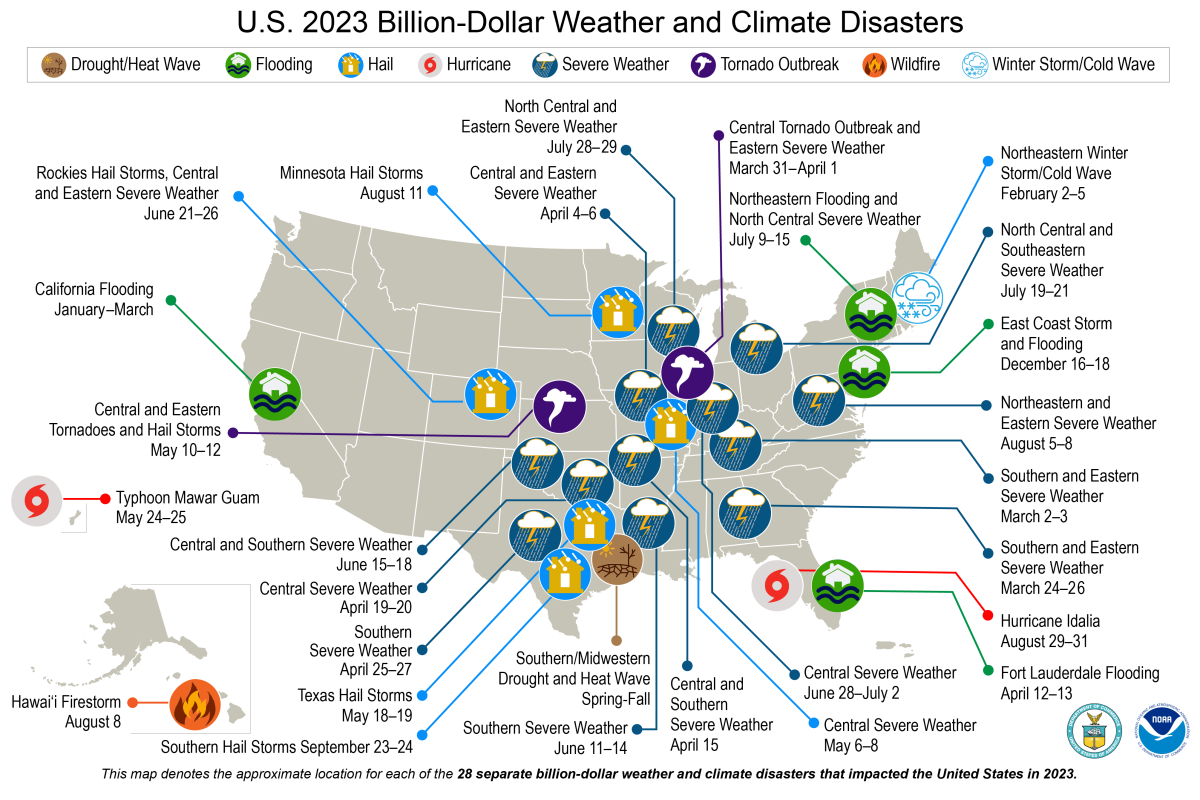Latest Weather Disasters Highlight Need for Business Continuity Plan
October 8, 2024
The recent hurricanes are just one example of the importance of having a disaster recovery and business continuity plan.
The third pillar of ALTA’s Best Practices encourages title professionals to have a business continuity and disaster recovery plan. The recommendation is for companies to establish, and periodically test, a written business continuity and disaster recovery plan outlining procedures to recover and maintain information, business functions and business processes in the event of a disruption or compromise of systems or facilities, including continuity of operation for consumer settlements, and timely notification of parties in case of any delays.
The process for creating a plan should encompass as much as possible of what a business might need during an emergency, according to ready.gov. This includes communications planning, IT support, and recovery and continuity plans.
- Business Continuity Plans: Organize a business continuity team and compile a business continuity plan to manage a business disruption. Learn more about how to put together a business continuity plan with videos.
- Crisis Communications: The need to communicate is immediate when an emergency occurs. Customers will want to know how they will be affected, and regulators and local government officials will need to be notified. Employees and their families will be concerned and want information. Developing a plan in advance will let your business leaders respond to these communications needs promptly.
- Emergency Response: The actions taken in the initial minutes of an emergency are critical. A prompt warning to employees to evacuate, shelter or lockdown can save lives. A call for help to public emergency services that provides full and accurate information will help the dispatcher send the right responders and equipment. Establishing an emergency response plan ahead of time will save valuable minutes when an emergency happens.
- IT Disaster Recovery: Technology recovery strategies should be developed to restore hardware, applications and data in time to meet the needs of the business recovery. An information technology disaster recovery plan (IT DRP) should be developed in conjunction with the business continuity plan.
Agility Recovery has developed a checklist that provides some relevant terminology, along with steps to take before, during and after a hurricane.
An estimated 75% of businesses without a BCP and hurricane preparedness plan fail within three years of a disaster, according to the Federal Alliance for Safe Homes (FLASH).
Analysis from CoreLogic projected total flood and wind losses range from $30.5 billion and $47.5 billion. Meanwhile, analysts estimate Hurricane Milton’s once-in-a-century potential could cause damage of more than $50 billion, with the potential to leave behind devastation approaching $175 billion or more in a worst-case scenario.

Contact ALTA at 202-296-3671 or [email protected].